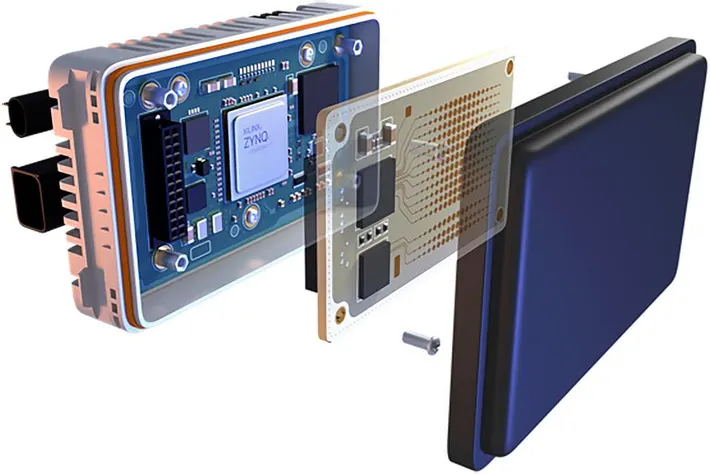Time: 2025-05-22 11:22:41View:
When evaluating the best FPGA for radar jamming applications, choosing between Xilinx (now part of AMD) and Microsemi (now part of Microchip Technology) involves trade-offs in processing performance, power consumption, security features, and radiation tolerance.

Here's a detailed comparison tailored to radar jamming and electronic warfare (EW) use cases:
Radar jamming systems often require:
High-speed signal processing (DSP)
Low latency and real-time performance
High I/O bandwidth
Security and anti-tamper features
Radiation tolerance (for military/aerospace)
Reliable operation in harsh environments
Xilinx Virtex UltraScale+
Xilinx Kintex UltraScale
Xilinx RFSoC (Zynq UltraScale+ RFSoC)
Highest DSP performance – excellent for real-time jamming and signal synthesis.
RFSoC integration: Combines RF ADC/DACs with FPGA fabric for direct sampling of RF signals — drastically reduces size, power, and latency.
Wide support for AI/ML (e.g., for adaptive jamming).
Massive parallel processing and flexible reconfiguration.
Extensive development tools (e.g., Vivado, Vitis, MATLAB integration).
Higher power consumption, especially in high-end devices.
Security features are present, but not as advanced as Microsemi’s in anti-tamper robustness.
Not naturally radiation-tolerant (rad-hard variants are custom/limited).
Low power consumption, ideal for constrained environments (e.g., drones, satellites).
Best-in-class security: Anti-tamper, secure boot, DPA-resistant crypto (important for defense).
Radiation tolerance (RTG4 is rad-hard, flight-qualified for space).
Flash-based: inherently more secure than SRAM-based FPGAs (used by Xilinx).
Lower signal processing throughput compared to Xilinx — fewer DSP slices, lower max frequencies.
Less developer ecosystem and toolchain flexibility.
Limited RF integration – no built-in RF ADC/DAC like Xilinx RFSoC.
| Application Type | Recommended FPGA Brand | Device Suggestion | Reason |
|---|---|---|---|
| High-performance jamming (ground or airborne) | Xilinx | Zynq UltraScale+ RFSoC | Integrated RF I/O, extreme DSP |
| SWaP-constrained, secure applications | Microsemi | PolarFire / SmartFusion2 | Low power, strong security |
| Space or radiation environments | Microsemi | RTG4 | Radiation-tolerant, secure |
| AI-enhanced adaptive jamming | Xilinx | Versal ACAP / Kintex UltraScale+ | ML/DSP capabilities |
| Feature | Xilinx | Microsemi (Microchip) |
|---|---|---|
| DSP Performance | ⭐⭐⭐⭐⭐ | ⭐⭐ |
| RF Integration | ⭐⭐⭐⭐⭐ (RFSoC) | ⭐ |
| Power Efficiency | ⭐⭐ | ⭐⭐⭐⭐ |
| Security / Anti-Tamper | ⭐⭐⭐ | ⭐⭐⭐⭐⭐ |
| Radiation Tolerance | ⭐⭐ (limited) | ⭐⭐⭐⭐⭐ (RTG4) |
| Toolchain Maturity | ⭐⭐⭐⭐⭐ | ⭐⭐⭐ |
Choose Xilinx if you need maximum performance, RF integration, and adaptive jamming capability.
Choose Microsemi if you need low power, extreme security, or are working in radiation-prone or space environments.